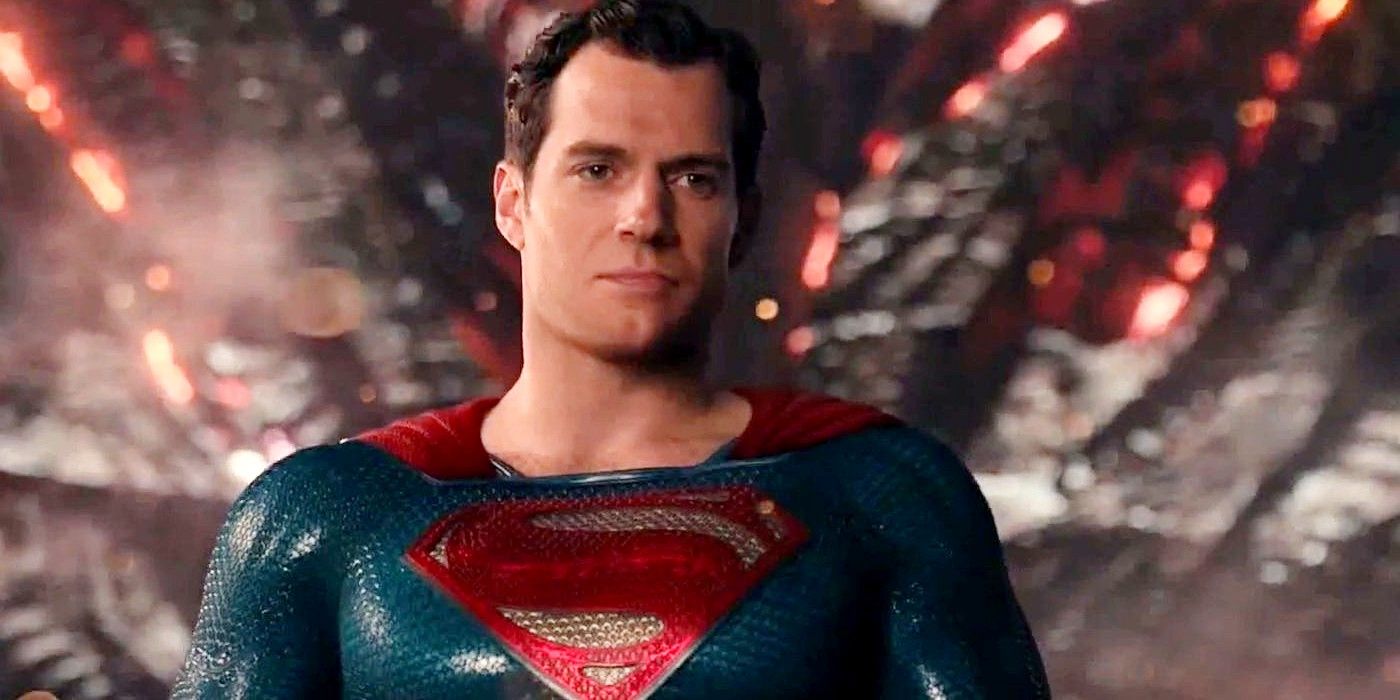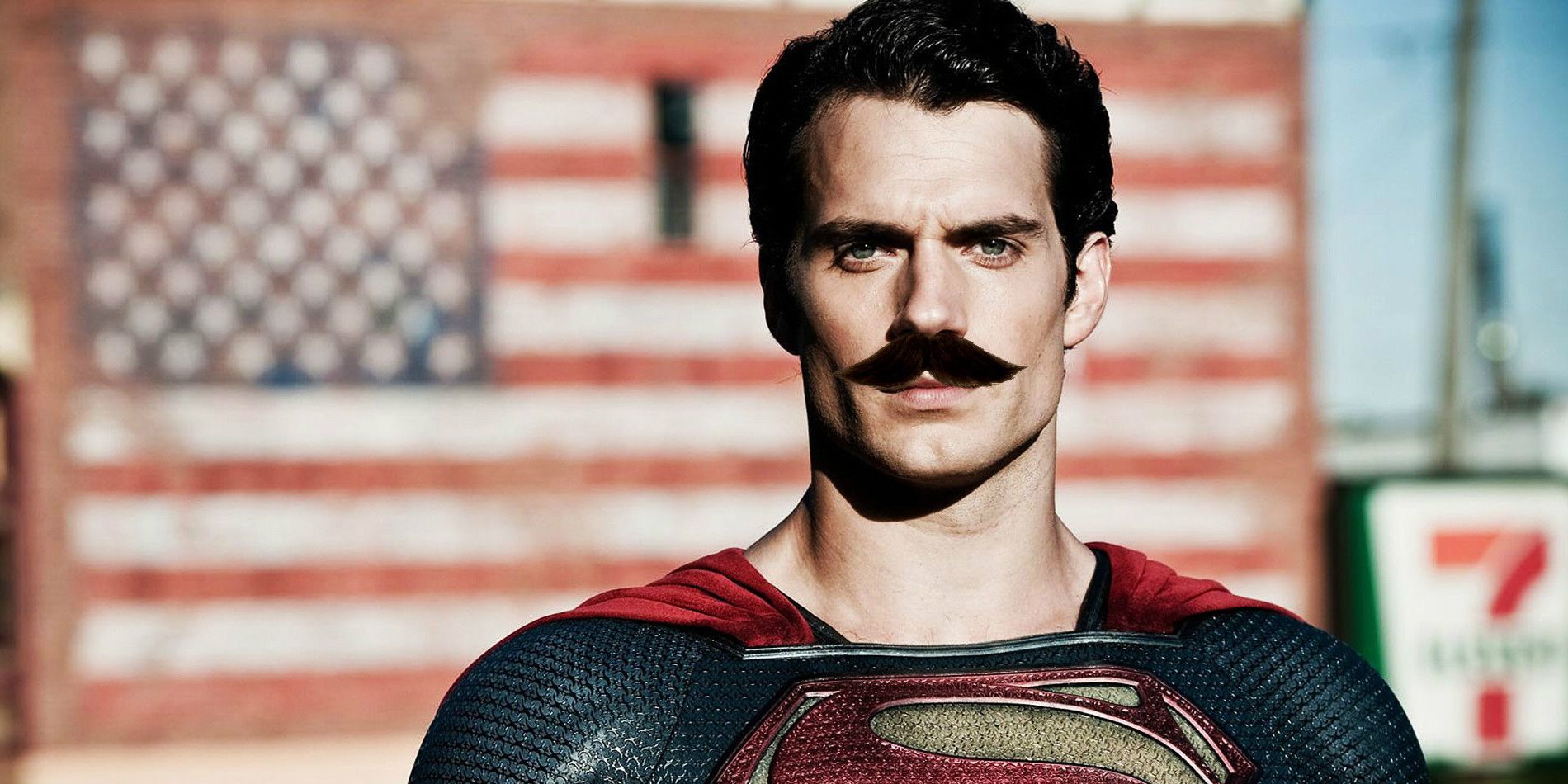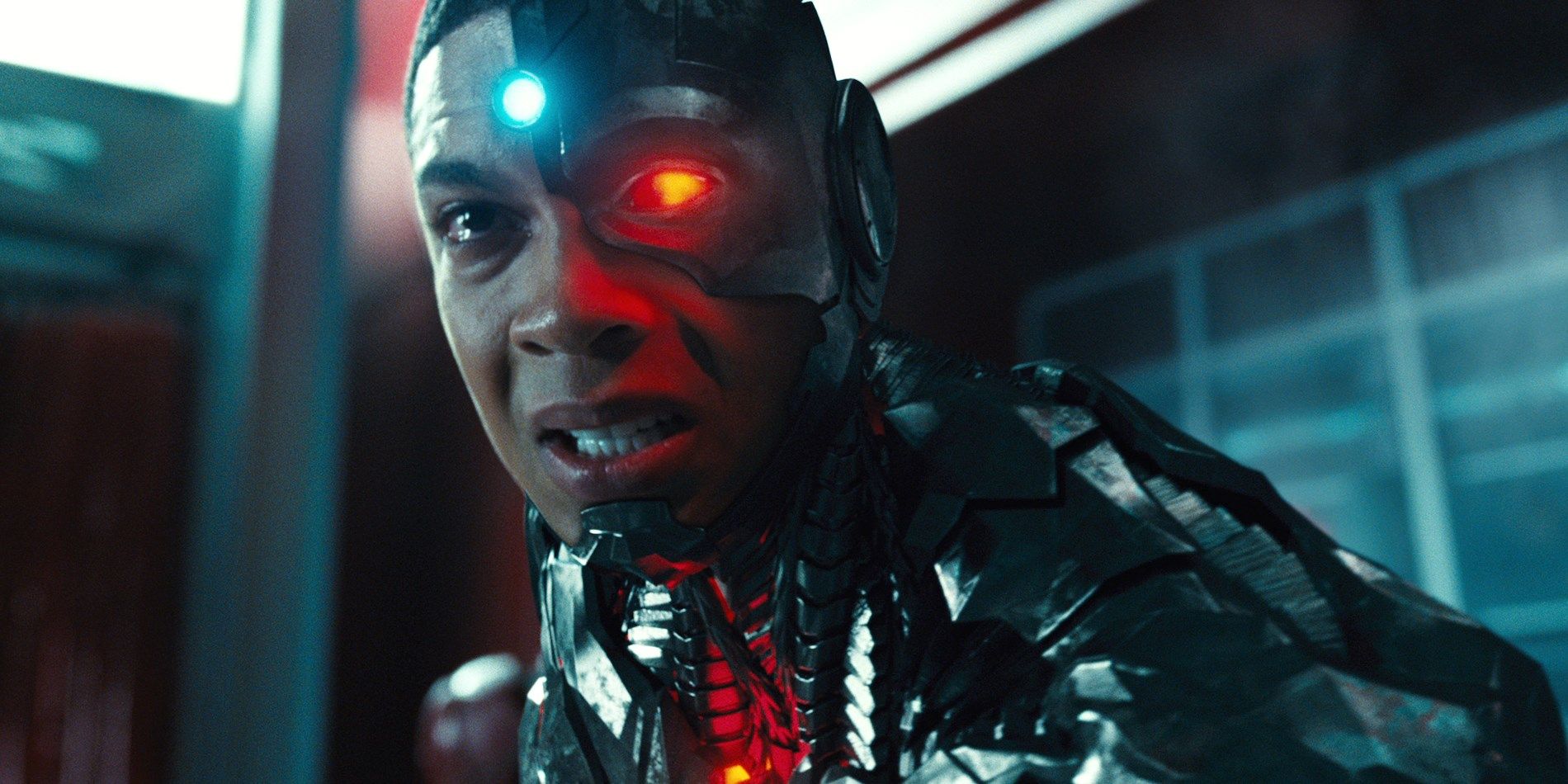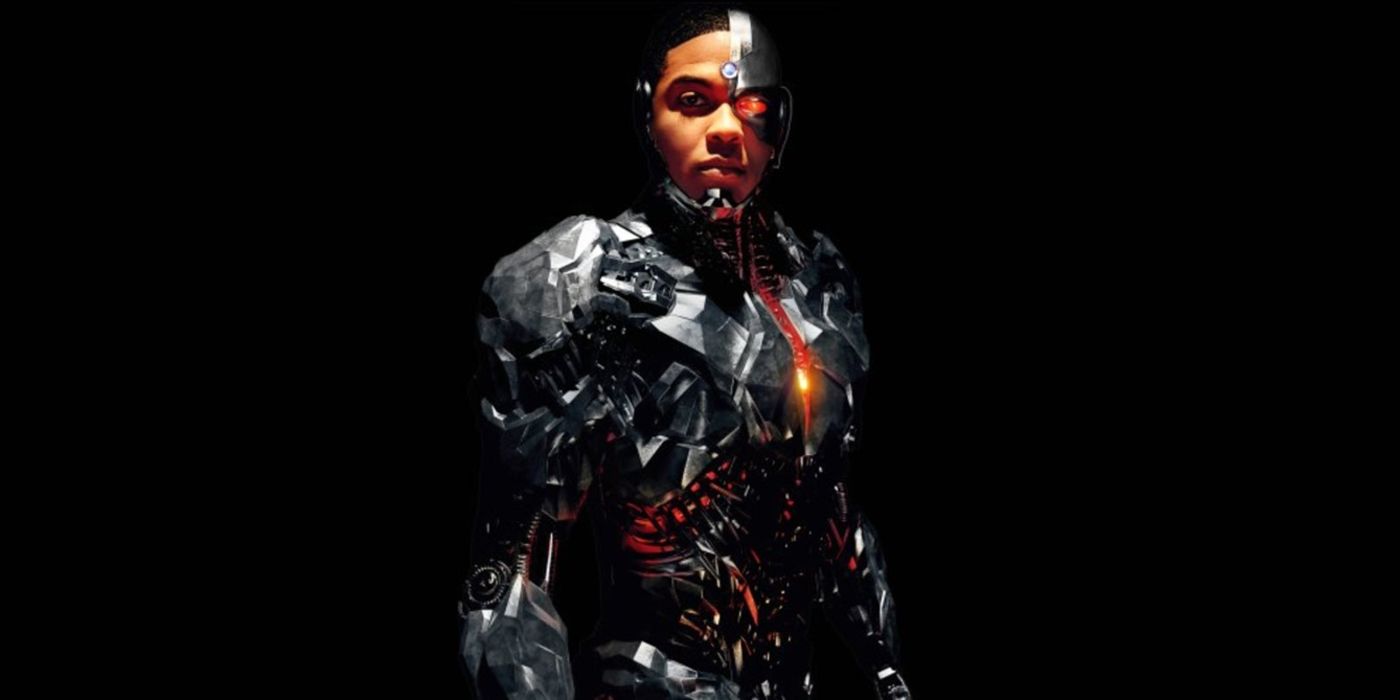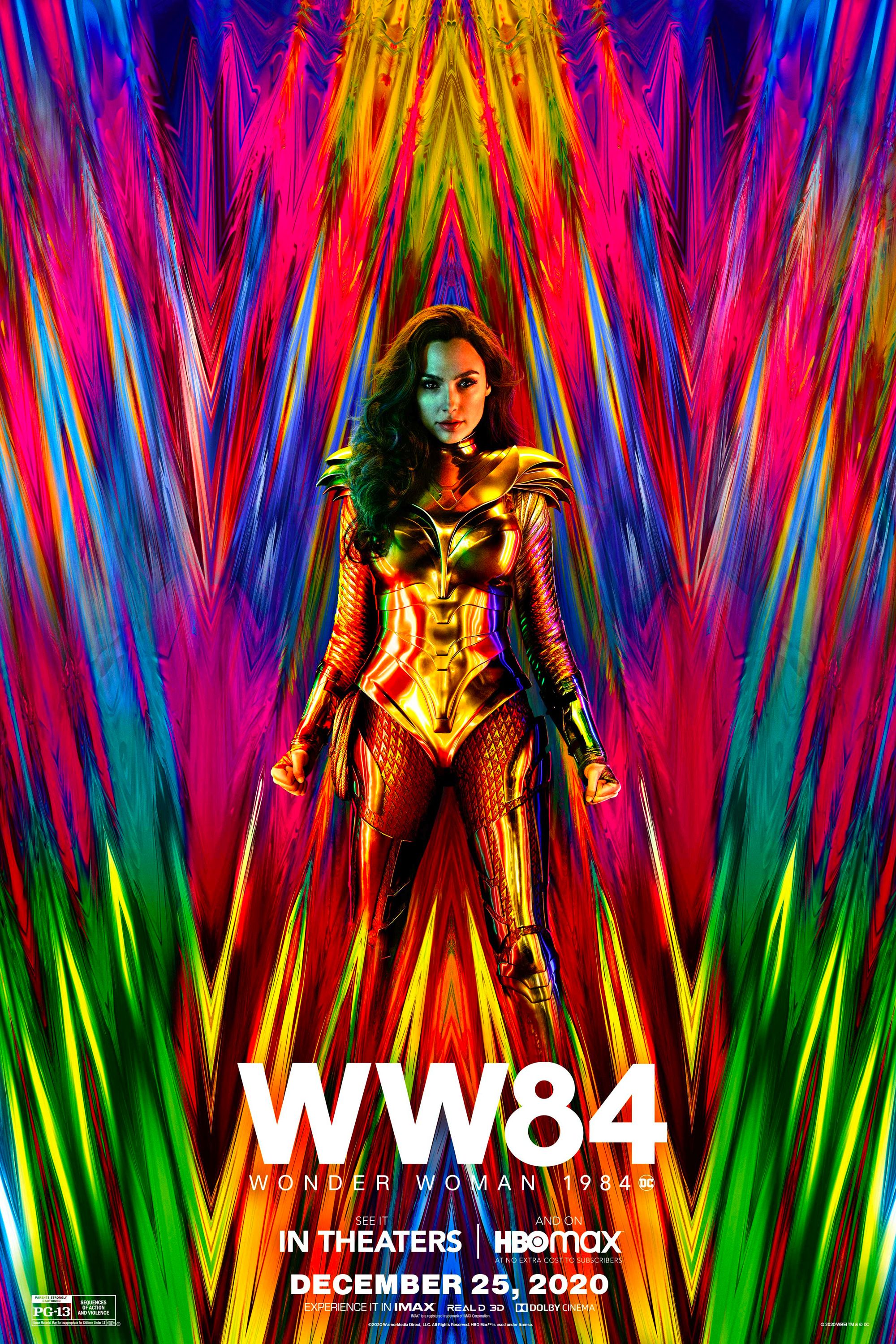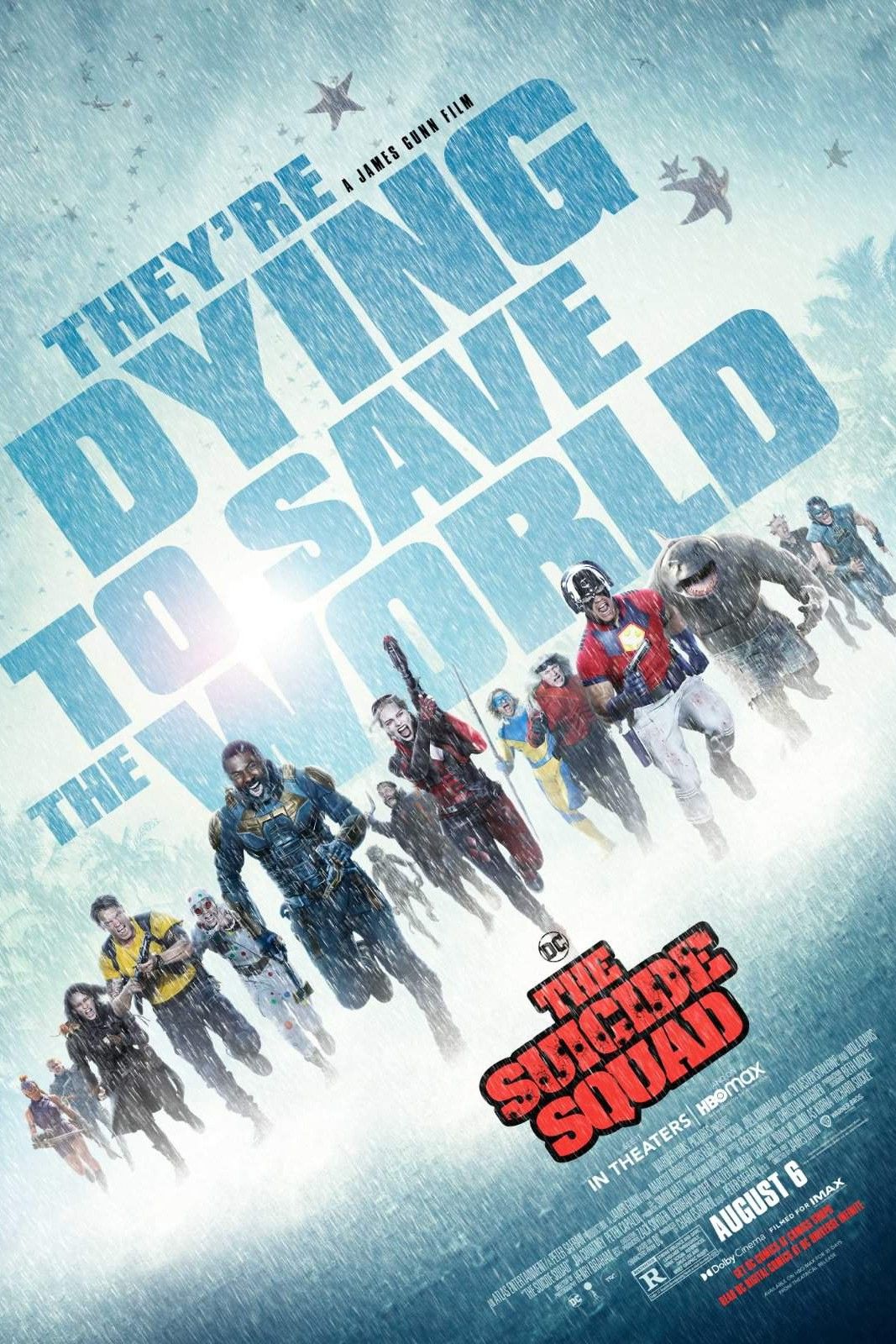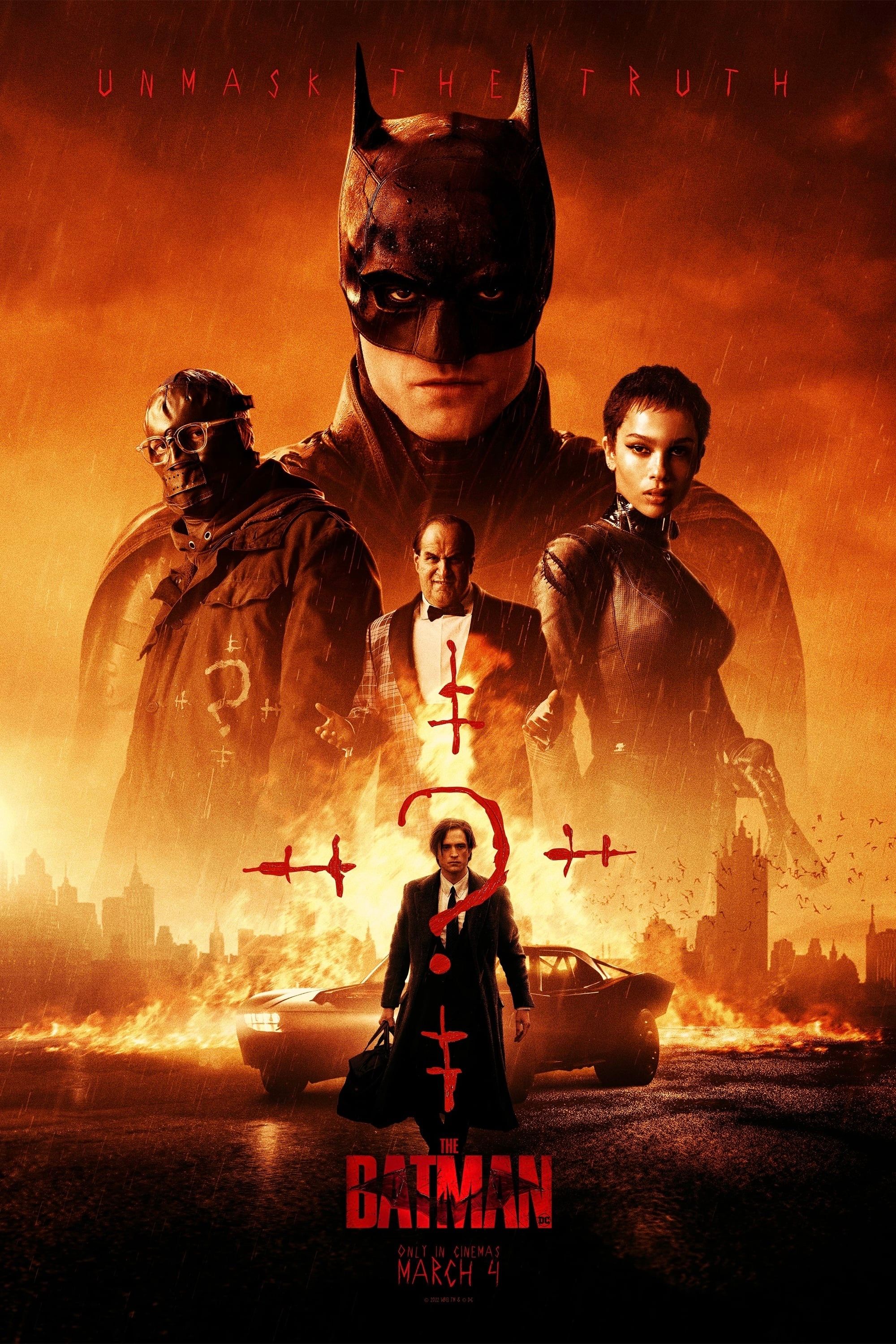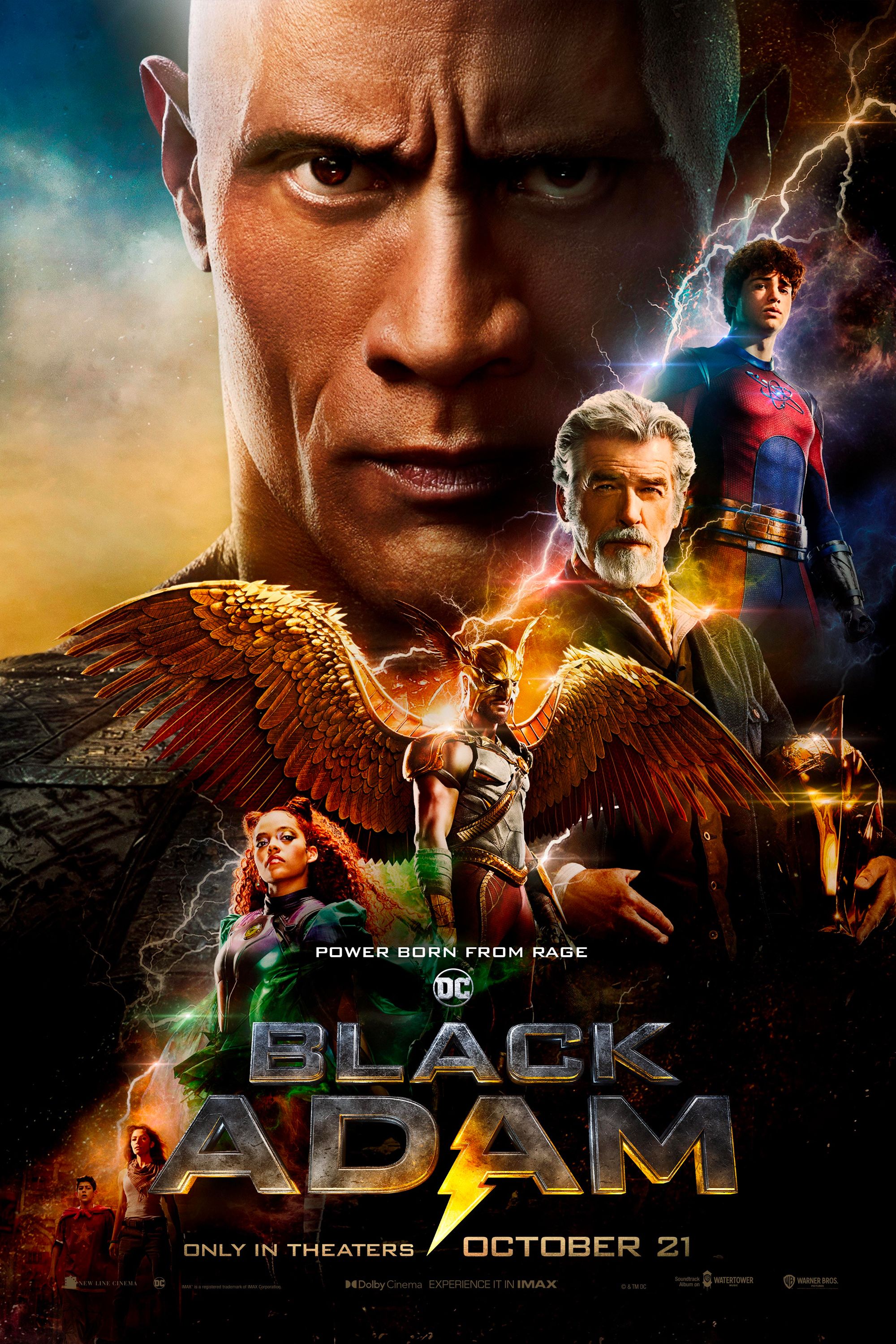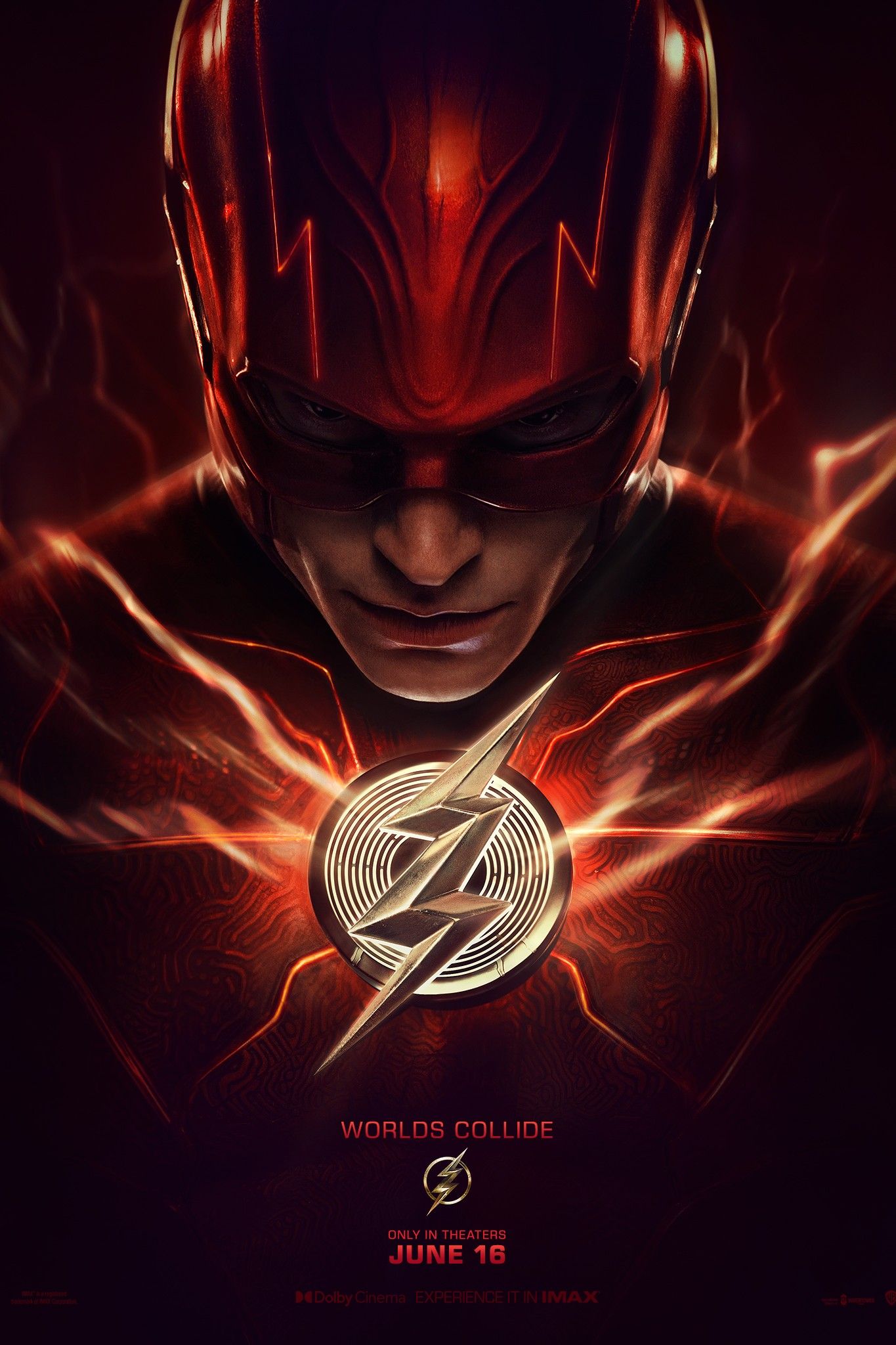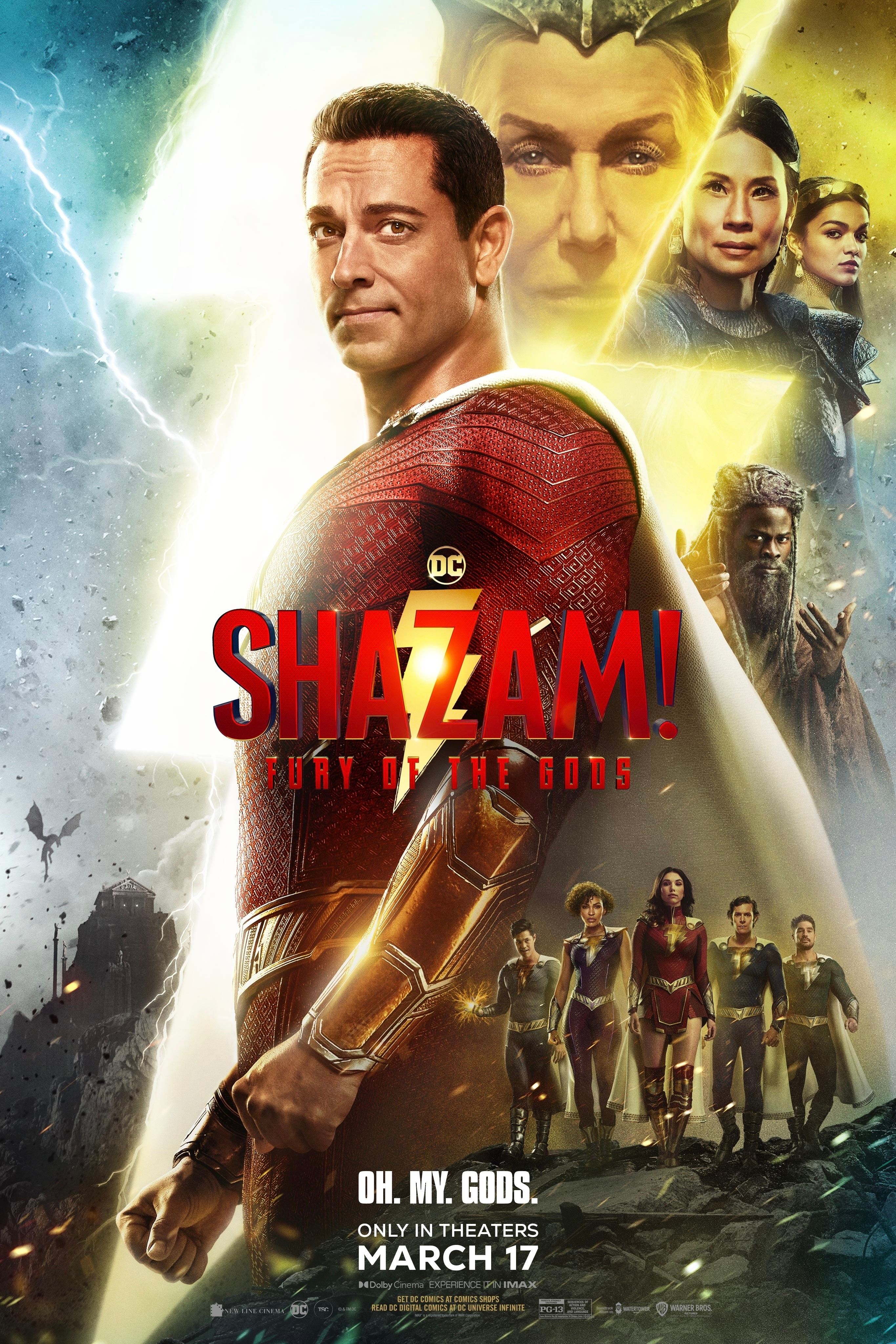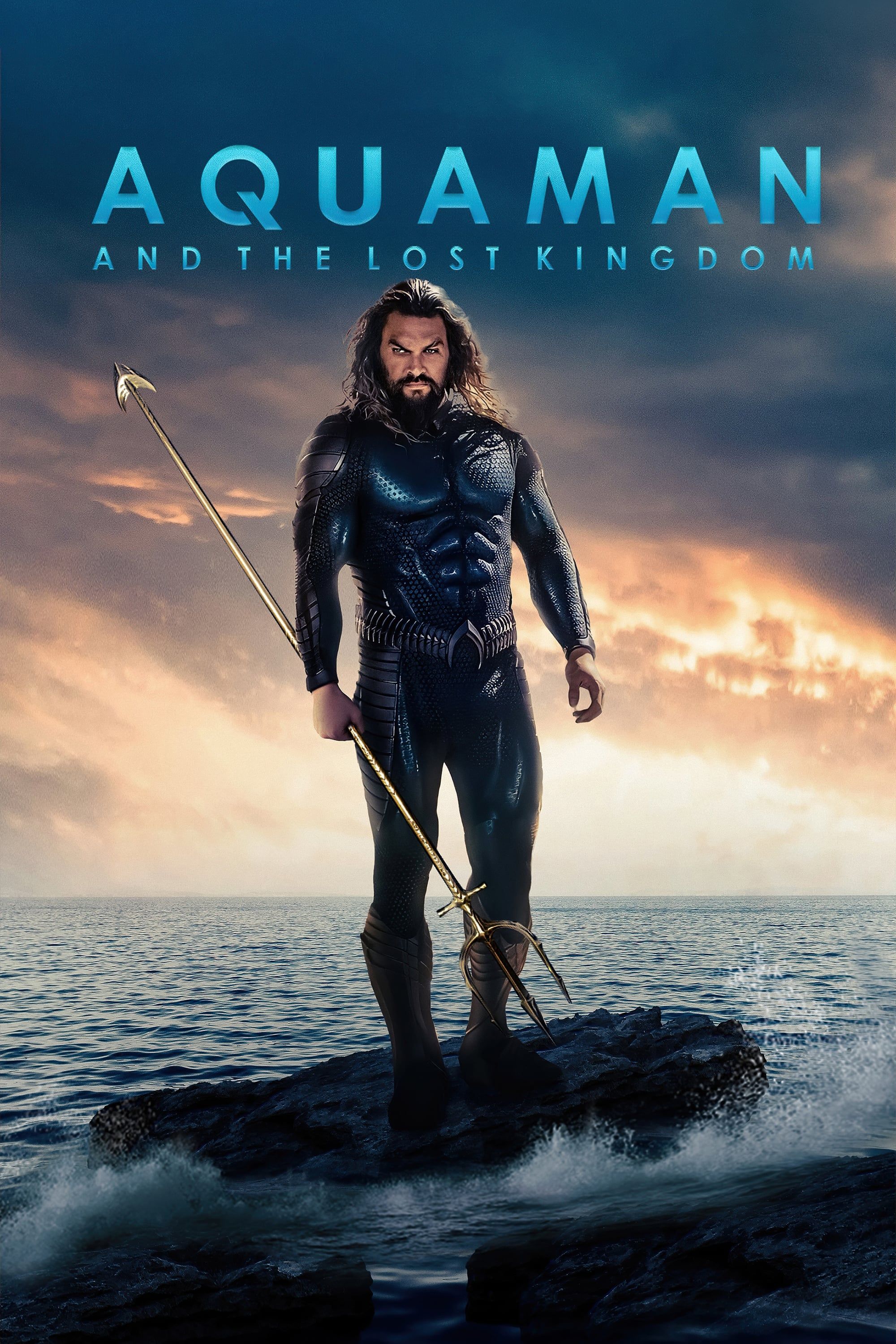The Snyder cut of Justice League looks set to make big changes to Henry Cavill's Superman, but the biggest beneficiary will be Cyborg. For a long time, the prophecy of the Snyder cut looked destined to go unfulfilled. The Man Of Steel and Batman V Superman: Dawn of Justice director developed his own vision for DC superheroes on the big screen and Warner Bros. were happy to indulge Snyder... at first. Considering the names involved, Batman V Superman didn't do enough to convince the studio that Snyder's DC pool was worth jumping into with both feet, and Justice League's production saw the two parties gradually float apart in their respective plans for the franchise.
However, the big Justice League dissection came when Snyder was forced to depart the project in post-production and extensive reshoots were carried out with The Avengers' Joss Whedon behind the camera. The unseen version of Justice League Snyder left behind became known as the "Snyder cut" and fans campaigned diligently for its release until Warner Bros. finally confirmed Zack Snyder's Justice League would land on their streaming platform, HBO Max.
Through leaks and information released over the past three years, DC fans already know much of what was changed in the theatrical Justice League, from the removal of Darkseid to the addition of those trademark Whedon funnies. Without doubt, the Snyder cut stands to make sweeping improvements to the DC live-action team up (campaigners might want their money back if it doesn't), but while it's logical to assume Superman would feel the most benefit from Snyder's touch, it's actually Cyborg who stands to gain the most.
Superman Is The Face Of Justice League's Reshoots
Quite literally, as it turns out. By all accounts, the changes Warner Bros. and Whedon made to the Snyder cut of Justice League are extensive and wide-ranging and, if we're being honest, the digital removal of Henry Cavill's mustache is far from the most damning. The story goes that Justice League's reshoots took place mid-way through Cavill's involvement in Mission: Impossible - Fallout, for which the actor had grown a dashing piece of upper lip fuzz. With Cavill banned from taking a razor to his face, Justice League had were left to either embrace the bold visual of the Man of Steel taking man-scaping advice from Jim Gordon, or use CGI to remove the offending mustache. They opted for the latter, the results were awful, and fans have rightly ripped the effect to shreds ever since.
In many ways, Cavill's distorted face came to represent the Justice League changes as a whole - mostly unnecessary post-production fiddling that not only proved detrimental to the finished product, but was also painfully transparent. The Snyder cut will improve Justice League's Superman simply by restoring the handsome profile of Henry Cavill to its proper form, but it's interesting that almost every one of Superman's theatrical scenes features the digital shave effect. This would seem to imply that Superman's story is entirely different in the Snyder cut. The reasons behind his resurrection, the battle at Heroes Park, his reunion with Lois Lane, the final battle, and almost everything else in between.
Because DC fans can visually see where Superman's Justice League story was butchered, it's natural to assume that Cavill will be looking forward to the Snyder cut's release more than most, with his character set for a narrative and cosmetic glow-up in 2021, and it would certainly be surprising if the Snyder cut's Superman wasn't better than the 2017 incarnation. But the real star of Zack Snyder's Justice League is more likely to be Cyborg.
Cyborg's Story Was Justice League's Biggest Casualty
Visually, Justice League's biggest casualty might've been Henry Cavill's face, but in terms of story and character, Ray Fisher's Cyborg took the heaviest hit. Snyder describes Victor Stone as the "heart" of his movie, but in the theatrical version Cyborg is just one of several underdeveloped new additions to Bruce and Diana's superhero club alongside Flash and Aquaman. It would only be a little dramatic to claim that altering Cyborg's arc ripped the mechanical heart out of Justice League. Firstly, the Snyder cut included a proper backstory for Victor Stone; scenes from his early pre-Cyborg days that not only provided the character with an origin story, but also invited the audience to emotionally invest in Stone as a person, rather than merely Cyborg as a superhero.
Justice League always faced an uphill battle by jumping into a team-up venture so early without introducing each member through several years of solo movies. At least the Snyder cut seeks to address that problem by putting a new character at the core of Justice League's story and reaching back in his personal history instead of plowing ahead with Cyborg as a ready-made superhero. 2017's Justice League, on the other hand, plows ahead with Cyborg as a ready-made superhero. Despite Fisher's best efforts, Cyborg's chopped-down journey feels shallow, leaving the character as just another in a long line of friendly robotic movie heroes.
As well as expanding on Cyborg's past, the Snyder cut also would've made the character more relevant in the present with the death of Victor's father, Silas, who then would've closed the film with the emotional monologue delivered by Lois Lane in the theatrical release. Suffering such a personal loss in the middle of the Justice League's formation would've immediately set Cyborg as the emotional driving force - something desperately lacking in Warner Bros. and Whedon's more generic action movie. Cyborg wouldn't have been the leader of the Justice League or its most famous member, but the Snyder cut would've painted Victor Stone in somewhat of a D'artagnan role - the young aspiring seeker of justice through whom the audience live out the story. With all of these elements stripped away, Cyborg's connection to the Mother Boxes just feels like a convenient plot device.
Why The Snyder Cut's Cyborg Additions Are So Important
It's obvious that Snyder would've treated Cyborg with more tender loving care than the 2017 Justice League, but those improvements go beyond just adding heart and helping the audience better understand a fresh character. Cyborg was deeply troubled following his near-fatal accident and transformation into DC's very own T-800. Stone goes from being a famous football player to a recluse who shies away from the world, and Snyder's Justice League would've focused heavily on how Stone's new friends and rediscovered sense of purpose help bring him out of that dark slump and towards a place of peace and acceptance. Invading villains from outer space and X-ray vision is all well and good, but it's these more relatable, human stories that elevate the superhero genre beyond 2-hour blasts of CGI and comic book violence. When Cyborg arrives fully-formed in the theatrical Justice League, the message is clear - shut up and get to the punching.
Superhero movies are also at their best when dealing in a side dish of moral ambiguity. The 'dark Superman' of 2017's Justice League doesn't really fit that bill. Clark Kent wakes up in a mood until his other half snaps him out of it - the same thing happens in households across the world every day, more or less. In the Snyder cut, the real dilemma would've come from Cyborg's intrinsic connection to the Mother Boxes - something that is present in the theatrical version, but noticeably toned down. Like Luke Skywalker trying to fend off temptation from the dark side of the Force, Cyborg would've been drawn by the power of the ancient artifacts, with Darkseid himself calling to Victor Stone. And while the allure of being "whole" once again would prove tempting, embracing his own body and rejecting the trappings of evil would've been the real triumph in Justice League that sent viewers home happy, not the physical defeat of Steppenwolf.

